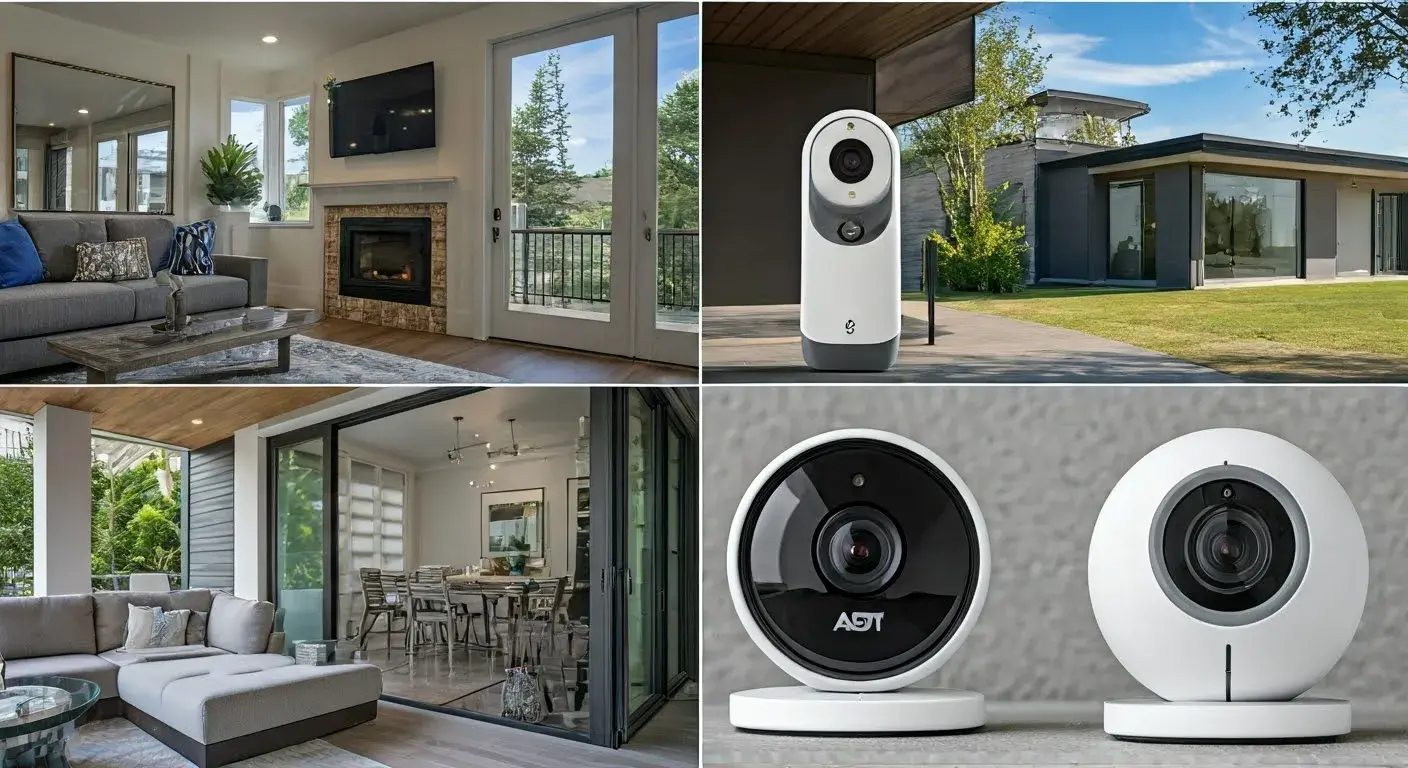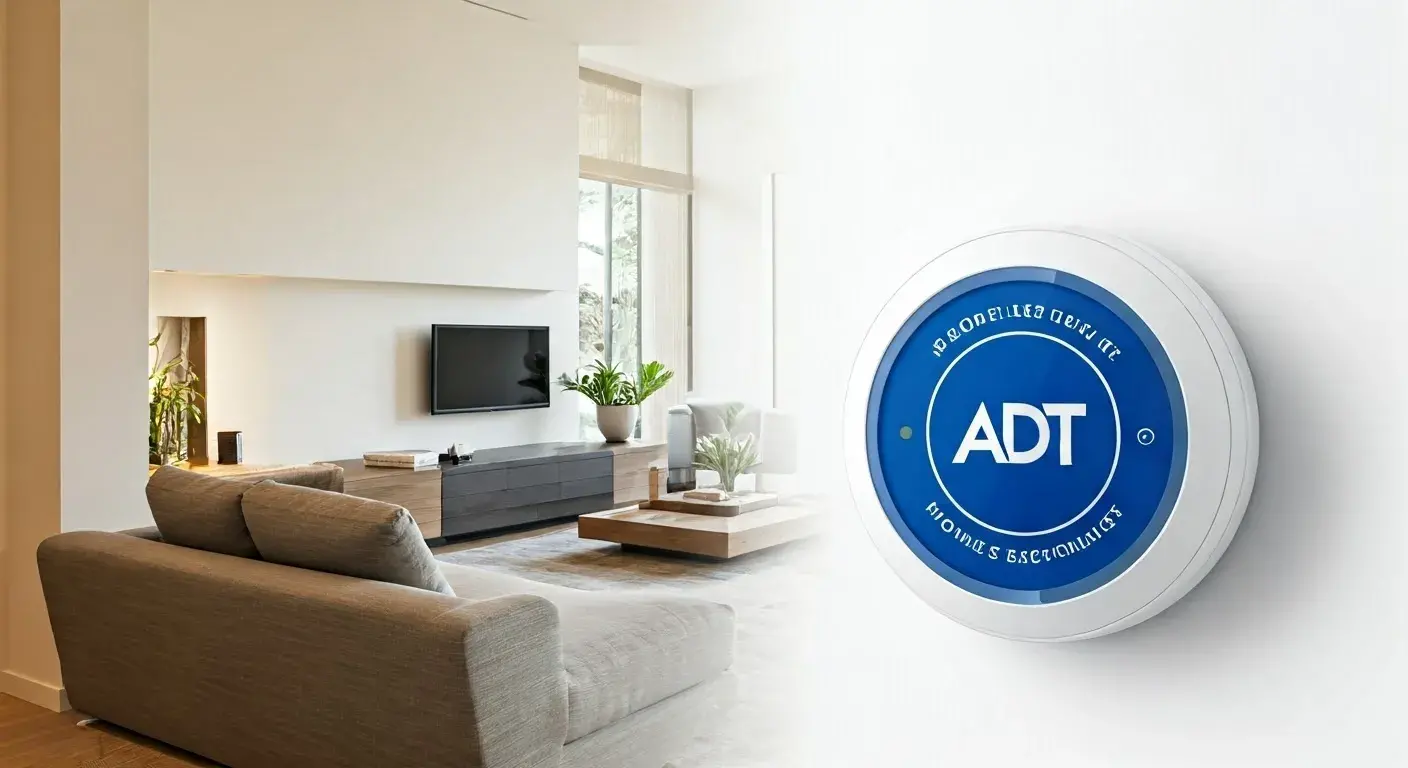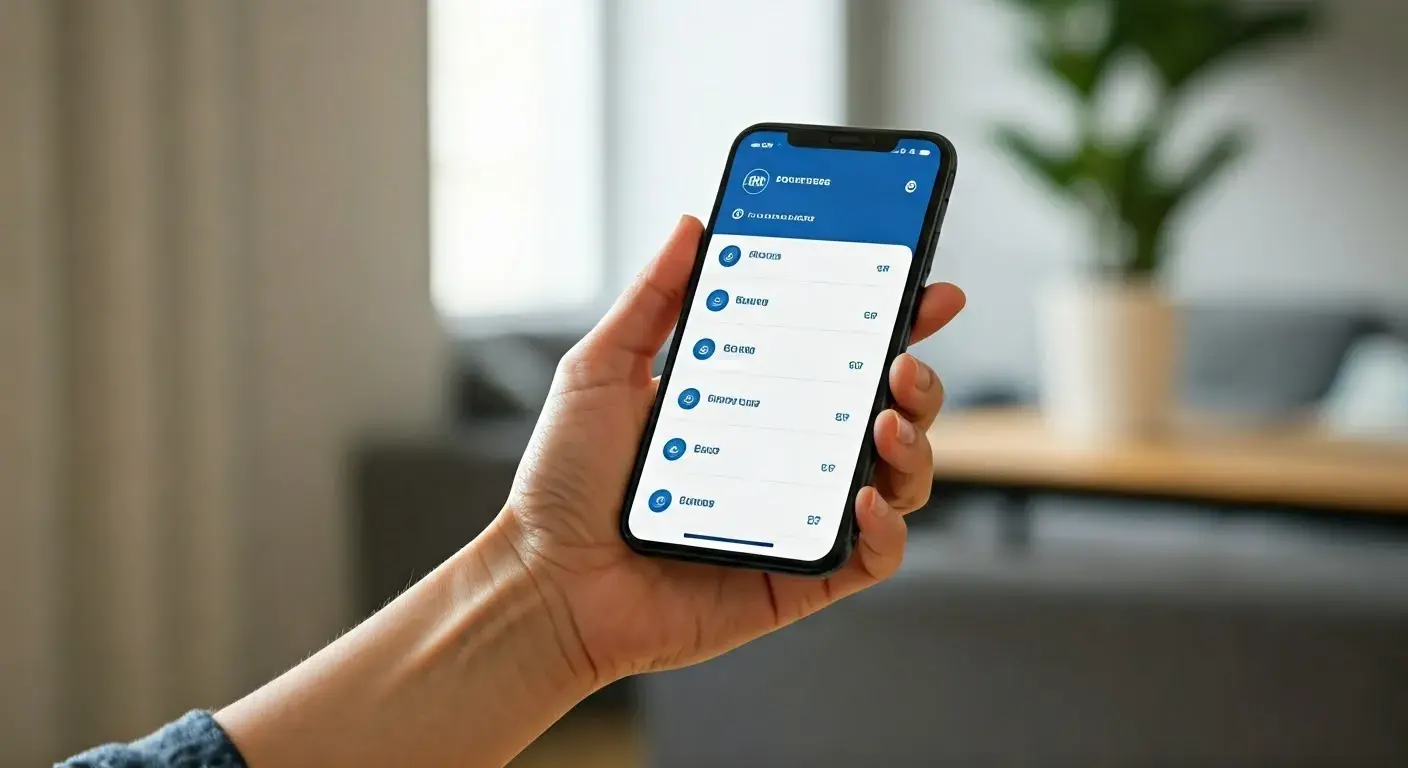ADT alarm system is also designed to include a fault code whenever it identifies a problem that would make it unable to operate as expected. ADT alarm system’s fault codes can be found on the small display of the keypad and/or push notifications if you have an ADT home app. They include low battery indications, loss of communication, sensor supervisions and other such codes. Cleared these fault codes has a significant role in bringing your system to normal state. The following is a procedure that might help in order to clear faults on an ADT alarm system.
Identify the Fault
The first symptom is to determine which fault code is in appearance. In the case of code on the keypad of the alarm system, it will be displayed as the letter ‘F’ with a number. For example, “F1” or “F2. ” If you get mobile notifications, the message will indicate the precise fault in the situation. Write down the exact fault code for future use even as you try to erase it from the vehicle.
Check System Components
Once you identify the particular fault code, you can go ahead and try to fault elements of the system which may be causing the code. A common symptom for low battery is that the battery or sensor may need replacement. Inability to communicate renders the understanding that there is a problem with the phone line or the wireless connectivity. It uses phrases such as sensor supervisions which implies that a cover of a sensor is open or the device is damaged. Look at all other related systems to see if anything obvious would require repair or replacement before attempting to clear the code.
Replace Batteries/Sensors
In case of low battery faults or sensor supervisions, batteries are in most cases replaced or damaged sensors are removed. Check and replace batteries if used in a sensor, keypad or main alarm panel if they are drained. Check whether the replace batteries are of the right size and kind as dictated by the manufacturer’s manuals. In some cases, even if only one of the sensors is damaged or non-functional, you might be required to replace the whole device. Replacing hardware components such as sensors sometimes will demand that the components be enrolled/synchronized again in the system.
Check Connections
Two-way communication error fault codes suggest a problem in the phone line, cellular communicator or internet module. Ensure that all the phones lines are adequately connected to the alarm panel and also the wall sockets. Ensure that cellular antennas are properly secured in the locations where they are installed if any. For systems connected to the Internet, power-cycle your Wi-Fi router and modem to reconnect them. Ensure proper soldering of any loose wires that connect the alarm panel to communication instruments.
Attempt Manual Fault Clearing
It is not uncommon for many ADT panels to have a fault clearing sequence, in which you can type in the keypad to try to clear out the fault messages after you have addressed a problem. To manually clear start from the main screen of the remote and then press the 4 digit master code on the numerical pad. Press the button “*” and then the “2” keys together, then enter the four digit code in the second one. This will cause the fault clearing procedure to begin. On the keypad it would show “Clearing Faults” and the system will begin to reboot. To perform this test, you should wait until the system has been restarted and subsequently verify that the previous fault message has been eradicated.
Call Technical Support
In case, none of the above steps helps in rectifying the ADT alarm system fault, then you should consult the ADT technical support team. As a customer, be ready to give the technical representative account number of your 6 digits, panel model number, and precise description of the fault and any troubleshooting that you have done before calling. On older ones, the representative may take you through a factory reset default to clear all the fault memory. Depending on the age of your alarm system, the rep can use the Cellular Communicator to connect to the programming of your alarm system to correct remaining faults.
Prevent Future Fault Occurrences
While clearing immediate fault codes is important for restoring function, it is also helpful to take preventative measures against future faults:While clearing immediate fault codes is important for restoring function, it is also helpful to take preventative measures against future faults:
-
Change all batteries after 3-5 years
-
It is better to sign up redundant sensors before initial sensors deteriorate
-
Verify cellular and WiFi signal strength of the communicators
-
Some of the common user controls to test include testing alarm functions as often as possible depending with the user manual.
-
Register for surveillance to improve system supervision.
-
Attend pro professional maintenance service on a regular basis
Adhering to these best practices will assist in reducing system faults and maintain your ADT alarm’s proper functioning in the long-run. However, despite the preventions mentioned above, mistakes are bound to occur – hence, when they do, be mindful of these clearing processes. Finally, being conscious of fault codes, troubleshooting consistently and using manual or even remote means of clearing will restore your panel to normalcy. Overall, following this guide, you can be sure you can deal with any fault issues, and your ADT alarm will return to the state of full protection when necessary.
-
Protect your home today with ADT’s top-rated security solutions!
Call now at +1 877-470-7879 to get a free consultation and find out how you can secure your home with the best in the business. Don’t wait—ensure your peace of mind with ADT!






